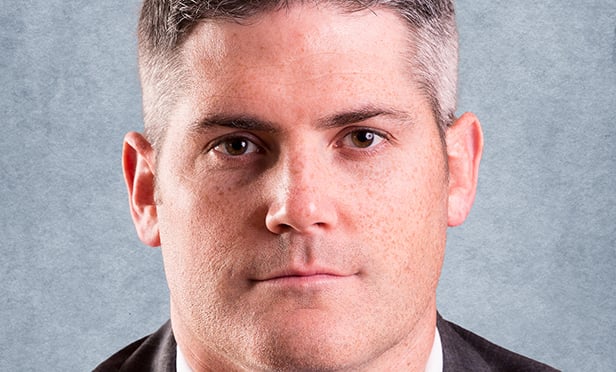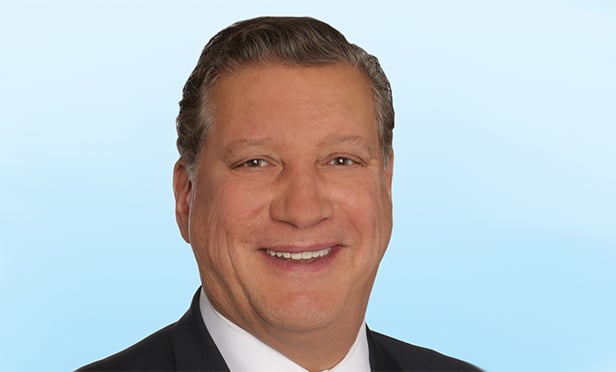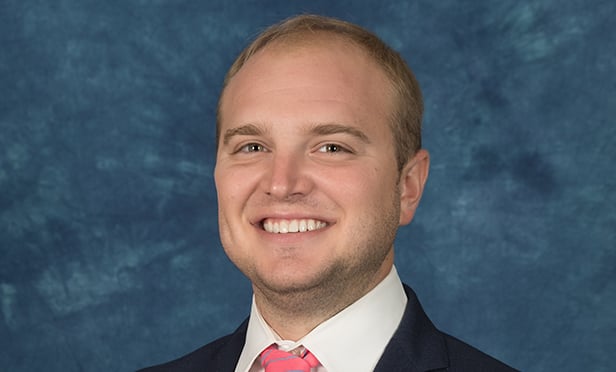NEW YORK CITY and SAN DIEGO—In light of interest rate increases and a record setting performance by the lodging sector in 2013, one might expect industry participants to be bracing themselves for the next dip.
But instead, the leadership at HREC-Hospitality Real Estate Counselors—the national hotel investment advisory firm—is confidently optimistic.
Here, two executives with the firm tell GlobeSt.com's Rayna Katz why it's a good time both for buyers and sellers, what they see ahead and what move would make an investor look like a genius.
GlobeSt.com: What is your role at HREC?
Jake Stahler: I'm a SVP focused exclusively on capital markets assignments. I run the firm's capital markets practice for the eastern half of the country as co-head of the practice with Mike Armstrong.
Mike Armstrong: My title is principal and co-head of our capital markets practice; I run it for the western half of the country. I am active in property sales and mortgage brokerage on a national level.
GS: What are you seeing in the capital markets for your part of the country?
Stahler: There is a lot of capital chasing deals, so competition from various types of lenders has been intense. That's not only leading to spread in rate compression but also more attractive covenants from a borrower's perspective. It's a good time to be borrowing money.
Armstrong: I'm not seeing a big difference in financing terms in our region. Jake and I work with mostly national type lenders so we're seeing the same terms. HREC typically works with national, non-recourse lenders. Loan terms are typically the same east to west.
GS: And in the debt markets, is there any tightening?
Stahler: Yes, we are seeing tightening and it's a result of the increased competition from lenders to put money out. Almost every week it seems there's a new debt platform being formed so I think we're in for a good round of heightened competition on lenders. There are substantial debt maturities coming due from 2015 to 2017.
We're seeing a robust investment sales market, transaction volume is picking up—both on refinancings and sales—but as new lenders enter the market, their margins are getting compressed which is more attractive for borrowers. I think the big question is, what happens to underlying interest rates. I don't think an underlying rate of 278 on a 10-year treasury [which was the level at the time of the interview] is sustainable.
Armstrong: At the Mortgage Bankers Association conference a few weeks ago, we had twenty plus meetings with lenders of all sorts who were enthusiastic about hospitality. It's something on most lenders lists. I think we're up to 37 to 38 conduit lenders and in the last cycle we were at 38 to 40 so the conduit business is back, they're providing financing for all asset classes. It's creating competition, tighter LTVs and tighter spreads.
Stahler: The increased competition from conduits drives competition throughout lenders. These are non-recourse lenders. Conduit is still the lowest cost of capital for the majority of non-recourse borrowers.
GS: How about on the CMBS front? What's coming due and what's new issuance looking like?
Stahler: As far as issuance, the market last year did close to $90 billion. In 2015, throughout the US, there will be $339 billion of loan maturities coming due, including $101 billion of CMBS. In 2016, there will be $308 billion of loan maturities, with $112 billion of CMBS and in 2017, $293 billion, of which $133 billion is CMBS. It's safe to say there is plenty of opportunity out there.
Armstrong: According to the MBA, commercial originations are up about 15%, so there's good momentum.
GS: Are you still seeing more demand than supply, without much new product coming to the market? Or do you see signs of that changing?
Armstrong: Overall, it looks like RevPAR is still looking to increase 5-6% this year. New supply is on the horizon. Jake and I both get weekly calls from developers looking for construction financing. Some of these folks are people who have owned hotel sites since the last cycle who couldn't get financing for the last five years, so those are coming back around.
Also, we're seeing infill locations in urban markets, even San Diego, either converting buildings or doing ground up construction. There are a lot of signs now that people are going to start building. There's a long lead-time between the start of construction to when hotels open but probably in the next two to three years, new supply will start hitting the market in earnest.
Stahler: One of the ways the market has evolved is that there was no construction financing for the last few years and now it's become available for most people. Good projects can and will get financed today.
GS: What do you think you'll be saying at this time next year about 2014?
Stahler: 2013 was a year with a lot of activity where investment sales picked up and a lot of folks took advantage of interest rates to fix their financing costs for the long-term. 2014 will be a very good year to have been a borrower.
Armstrong: 2013 was a banner year, we did something like 75 transactions, and 2014 is looking to be even stronger in overall transactions. By all accounts this is going to be a great year. It's a great time to be a buyer because there are still deals, as well as a seller because valuations are increasing and financing is available.
If you can lock in a non-recourse loan at sub-five, at some point during the term of the loan, that loan is going to look outrageously good and you're going to look like a genius when rates go back up. New supply is slow right now so this is a great year, and there's a lot of capital in the market.
© 2025 ALM Global, LLC, All Rights Reserved. Request academic re-use from www.copyright.com. All other uses, submit a request to [email protected]. For more information visit Asset & Logo Licensing.








